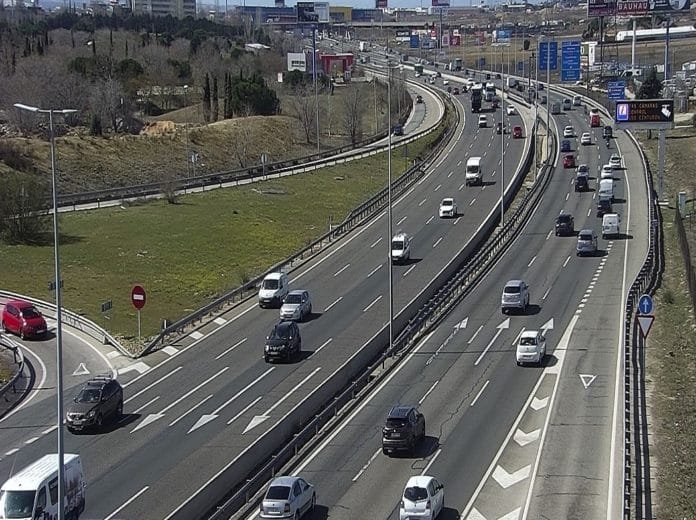The first phase of the special operation monitoring the roads of Spain during the Easter 2023 period started this weekend, running until midnight on Sunday night, with 4.3 million trips are expected.
Traffic always gets busier during Easter, as many inland residents move to holiday homes in coastal and mountainous tourist areas, and mix with international tourists looking to take their Easter break in the country.
Firstly, as part of this year’s campaign the DGT insists on the importance of taking extreme precautions in the event of having to get out of the vehicle on the road, as well as avoiding risky behaviours at the wheel such as alcohol (which causes one in three fatal traffic incidents) and watching your speed.
Remember, warning triangles may now be replaced by emergency lights, but be careful which type you buy. However, one or the other will still be mandatory in the event of a breakdown or incident, as is the wearing of a high visibility vest.
Last Easter there were 25 fatal incidents in which 27 people died.
Overall, there is an anticipated 16 million journeys expected during the entire Easter period, during which special measure will be in place until Monday, April 10, a holiday in six communities (Balearic Islands, Catalonia, the Basque Country, Valencian Community, La Rioja and Navarra).
This holiday period is one of the most complicated of the year, as the volume of trips made in a short space of time increases, with similar origins and destinations and made on the same days and hours.
As usual and making it coincide with public holidays, the operation is carried out in two phases, coinciding with the largest number of displacements and in which almost 90% of the planned movements are concentrated.
The first phase began on Friday, March 31 at 3:00 p.m. and ends at midnight on Sunday, April 2. In this phase, 4.3 million movements by road are planned.
The second phase, and the most important due to the volume of vehicle movements along the entire road network, will begin on Wednesday, April 5 and end on Monday, April 10.
To guarantee the road safety of all those who travel and, at the same time, facilitate mobility and fluidity on the roads, during these days the DGT has the maximum availability of the means at its disposal, including fixed speed cameras and mobile devices, helicopters and drones, as well as cameras and camouflaged vans for monitoring speed, mobile phones, and seat belts, and the human resources of the Guardia Civil, civil servants from the Traffic management group, helicopter patrols and personnel in charge of maintaining equipment and installing measures on the road.
In addition, traffic management and regulation measures will be implemented, such as the installation of reversible lanes that facilitate movement in or out of urban centres depending on the needs, the suspension of works and the restrictions on certain vehicles. of goods, in specific sections and hours.
The post Easter 2023 on the Roads of Spain first appeared on N332.es – Driving In Spain.





